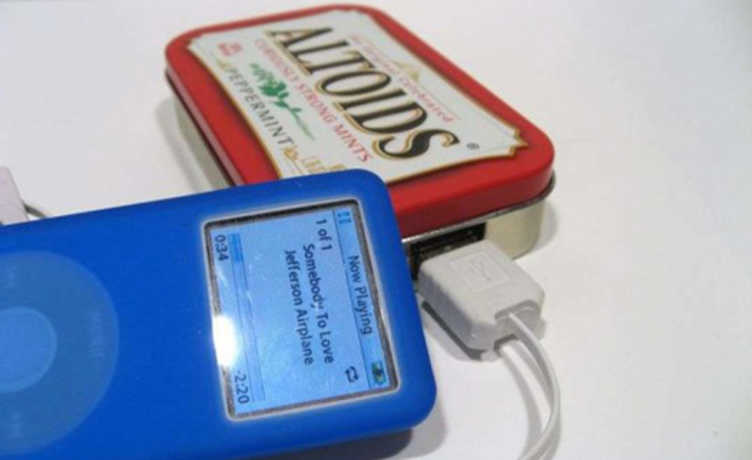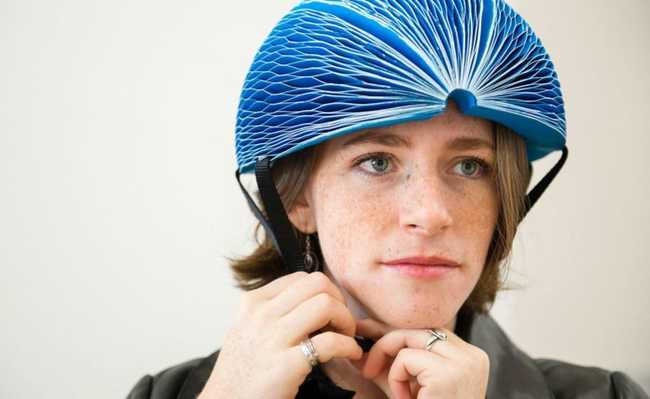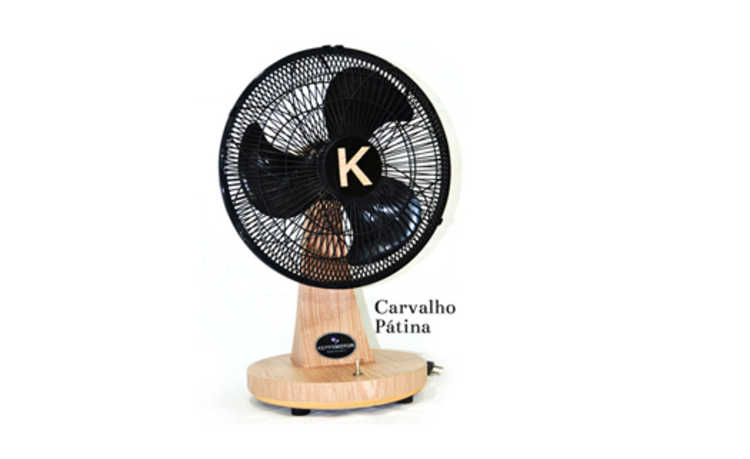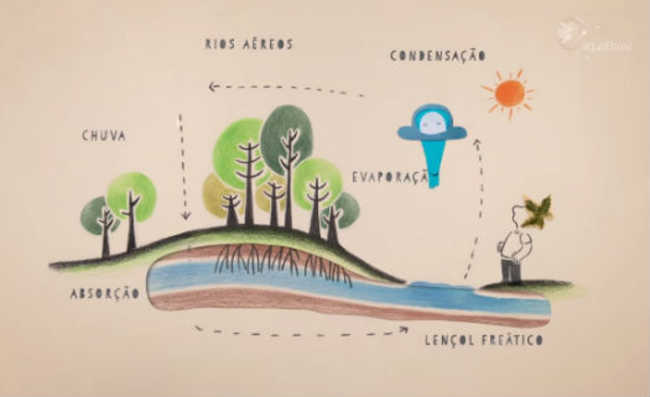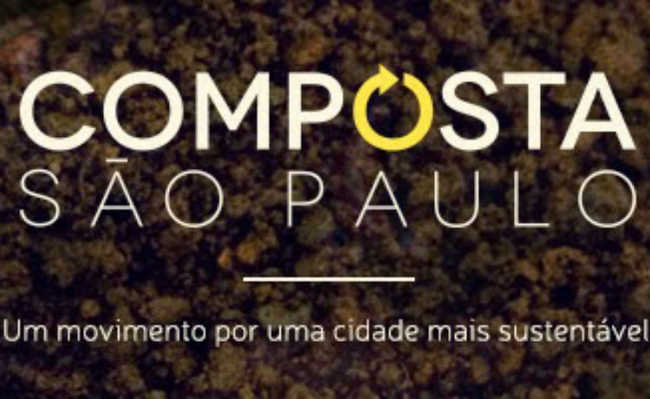Fiber-rich foods fight diabetes and high cholesterol
Learn how to increase your daily fiber intake and enjoy the benefits of high fiber foods like beans and oats

Daiga Ellaby, is available on Unsplash
Fiber-rich foods are fundamentally of plant origin, such as fruits, cereals, vegetables, pulses and dried fruits. Most everyone is aware of the benefits of high-fiber foods for bowel function, but the good things go far beyond that.
The fibers that make up food facilitate intestinal transit, combating constipation, preventing colon cancer and helping to prevent hemorrhoids and other injuries. They also reduce the absorption of sugars and fats, providing an improvement in blood glucose levels and blood lipid profile. Thus, a diet with foods rich in fiber, in the long term, helps fight diabetes and control high cholesterol. Fiber also helps in the prevention and treatment of cardiovascular disease and obesity.
One of the benefits that a diet rich in fiber offers is the satiety effect. Fiber increases the bulk of the diet without adding calories, helping to alleviate hunger and thus contributing to weight control.
The recommendation is that the fiber be added to the diet gradually, and excess is also not recommended as it can cause a sensation of bloating, cramps and gas.
Few people ingest enough fiber; the average intake is 15 grams (g) daily. However, women should consume around 25 g per day and men 35 to 40 g at least. To reach this amount, it would be necessary to consume, daily: a slice of whole-grain bread (preferably gluten-free), a banana, an apple, two portions of beans, a portion of rice, an orange and a raw carrot.
To fully benefit from the positive effects it is important to vary your diet ensuring a diversity of fiber sources. By eating foods that provide dietary fiber, you will be consuming nutrients and other components essential to your health. Check out a list of high fiber foods to complete your diet:
Integral food

A good way to increase the amount of fiber you eat is to opt for whole-food versions, such as switching from white rice to brown rice. Five tablespoons of brown rice has 1.6 g of fiber, while white has just 0.5 g.
Corn

An ear of corn contains about 2.3 g of fiber. Popcorn is also an excellent source of fiber with three grams for three cups of tea. But be careful, prefer organic corn. Understand why in the article: "Transgenic corn: what it is and what are its risks".
Bean
White, black, red, carioca, black-eyed beans... Any of the 14 types of beans you choose to eat will have a lot of fiber, protein and iron. White beans are one of the best nutritional sources of potassium and black beans, due to their dark color, have a high content of flavonoids, which are powerful antioxidants, in addition to containing 15 grams of protein per cup.

Other grains with fiber: lentils, peas, barley and chickpeas

To diversify the diet, it is interesting to include the consumption of grains that we are not so used to.
Lentils are super rich in fiber; a cup of tea is about 7.9 g. The grain has been cultivated since Neolithic times, and is also a source of protein, B vitamins, iron and other minerals.
Peas are also another rich source of fiber, whether canned, frozen, pods, or dried. Half a cup of canned pea tea has 3.5 g of fiber.
The consumption of barley grain is not so popular, we are used to thinking of barley as the raw material for beer, but the grain is also a great source of fiber.
Chickpeas are rich in fiber and very versatile. It can be consumed in salads or Arabic food dishes, such as hummus.
fruit

Most fruits with edible skins are much more nutritious and rich in fiber when eaten with the skin. A pear has an average of four grams of fiber. An apple is about three grams. Avocados are an excellent source of good fats and each unit has an average of six grams of fiber. Other fruits that are very high in fiber are kiwi fruit and dried fig.
Artichoke

Artichokes are rich in silymarin, an antioxidant that aids in liver health, and in addition, a single cooked artichoke contains an average of 10.3 g of fiber.
Oat
Oats contain beta-glucan, a type of fiber that works powerfully in lowering cholesterol and helping the immune system. Three tablespoons have about 2.1 g of fiber.

Broccoli

By drinking a cup of cooked broccoli, you're consuming about 5.4 g of fiber.
almonds and peanuts

Almost all types of edible seeds are good sources of fiber and protein. However they are very caloric. Half a cup of tea of almonds has 5.3 g of fiber, while the same portion of peanuts has about 4.1 g of fiber.
| grains | Portion | Fiber grams |
|---|---|---|
| cooked lentil | 1 cup (tea) | 7,9 |
| baked beans | 1 cup (tea) | 7,5 |
| Almond with skin | ½ cup (tea) | 5,3 |
| Peanut | ½ cup (tea) | 4,1 |
| cooked soy | ½ cup (tea) | 3,9 |
| canned pea | ½ cup (tea) | 3,5 |
| popcorn popped | 3 cups (tea) | 3,0 |
| Wheat germ | 3 spoons (soup) | 2,9 |
| oat bran | 3 spoons (soup) | 2,7 |
| corn nuts | 1 medium ear | 2,3 |
| Wheat bran | ½ cup (tea) | 2,3 |
| Rolled oats | 3 spoons (soup) | 2,2 |
| Oatmeal flour | 3 spoons (soup) | 2,1 |
| Canned corn | 3 spoons (soup) | 2,1 |
| Cooked brown rice | ½ cup (tea) | 1,7 |
| whole wheat cracker | 5 spoons (soup) | 1.6 |
| cooked noodles | 6 units | 1,6 |
| Rye bread | 1 cup (tea) | 1,2 |
| whole wheat bread | 1 slice | 1,4 |
| Refined Wheat Cracker | 1 slice | 1,3 |
| French and white bread | 6 units | 0,8 |
| French and white bread | 1 slice | 0,6 |
| cooked white rice | 5 spoons (soup) | 0,5 |
| Source: Unesp | ||

